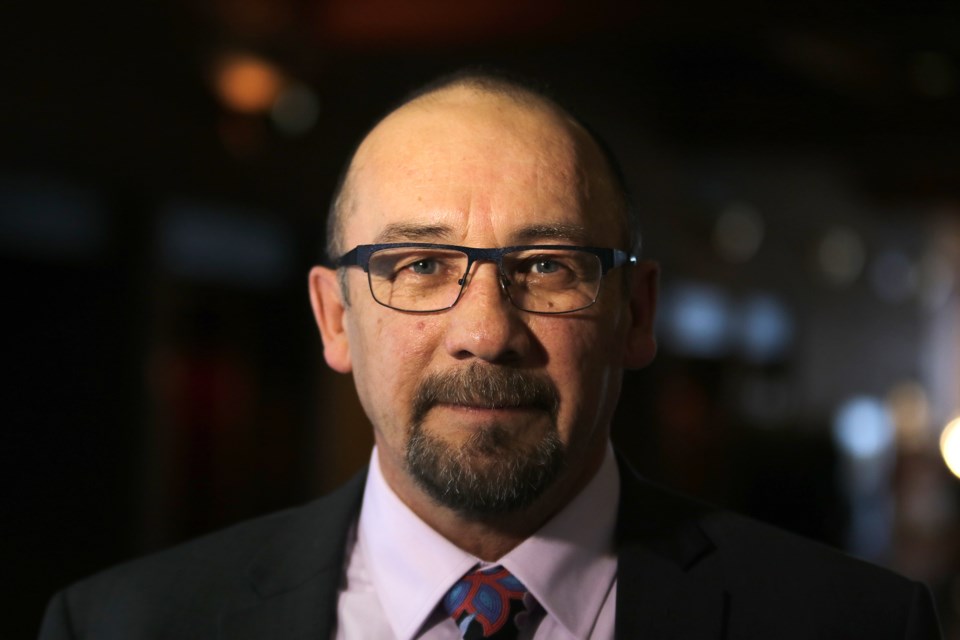THUNDER BAY – When tragedy strikes Northern Ontario First Nations, often they are left on their own to figure out ways to deal with the situation.
The provincial or federal government might send in crisis management teams when communities are hit with suicide epidemics or other social issues, but more often than not they come from larger centres and are not prepared for the life that greets them on remote, fly-in reserves.
Nishnawbe Aski Nation Deputy Grand Chief Jason Smallboy said he’s heard of at least one social worker not make it a week in a First Nation community, packing her bags and heading home.
“They’re shocked, they don’t really last,” Smallboy said on Thursday, the opening day of a two-day session put on by the Muskegowuk Council, the first steps toward what Treaty 3 and Treaty 9 organizers hope will lead to the creation of a remote First Nations social emergencies protocol.
While the fix is never simple, Smallboy truly believes one exists and can happen from within.
“We would like to see capacity being built at the community level. What we’re finding is when they’re sending in these crisis teams, they provide short-term assistance and then they leave and kind of leave the community hanging,” Smallboy said.
“There is no long-term planning, how to help the members get out of that crisis mode. It’s more like putting a Band-Aid on an open wound and not really fully addressing the wound itself.”
Mushkegowuk Grand Chief Jonathan Solomon said when First Nations declare a state of emergency in their communities, there is nothing for them to fall back on.
“It’s all reactionary and there is no such thing as a protocol for social emergencies in the province,” Solomon said. “There’s a protocol for natural disasters like forest fires and floods, but there’s nothing that’s geared toward the social fabric of the community when emergencies happen, like suicides or a tragic house fire or even social housing and homelessness.
“These are the kinds of things on the social sides of the community that are not being addressed in a manual.”
The solution is way overdue, Solomon said.
It’s a tool that must be put in place, with the assistance of both senior levels of government, to address the crisis situation or the emergency.
“It’s missing. Most of the time it’s all reactionary … there’s no long-term plan that’s viable, tangible or sustainable. Once you go in and do what you need to do, then you leave. And the First Nations are being left to hang to dry because there is nothing left for them to continue to address the situation.”
Smallboy said what the rest of the country might not know is just how much of an effect a tragedy in a First Nation community can have. It’s a ripple effect, often felt across the entirety of NAN’s territory.
“If somebody commits suicide, that affects the whole community, and not only that community, but it may have a ripple effect to other communities. I’ve seen it happen,” Smallboy said.
There's a real danger not having a protocol in place, he added.
“It’s just ongoing and ongoing and more people are dying.”
Solomon said he's hopeful a draft protocol can be in place by late April.
